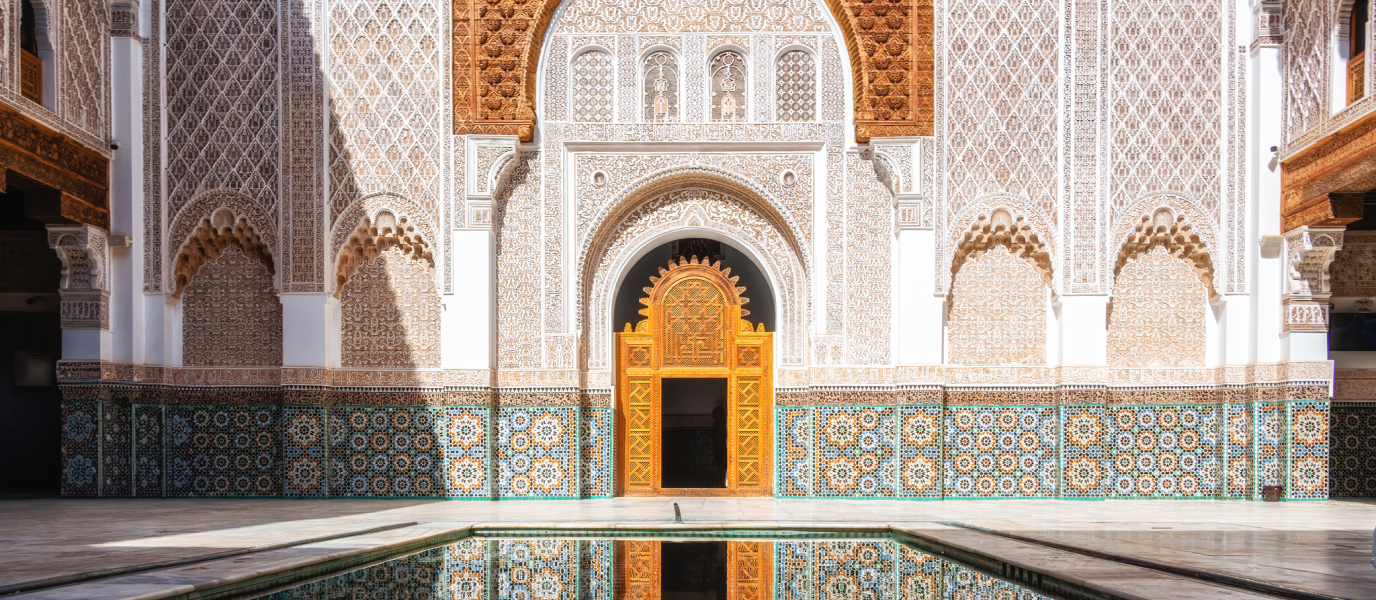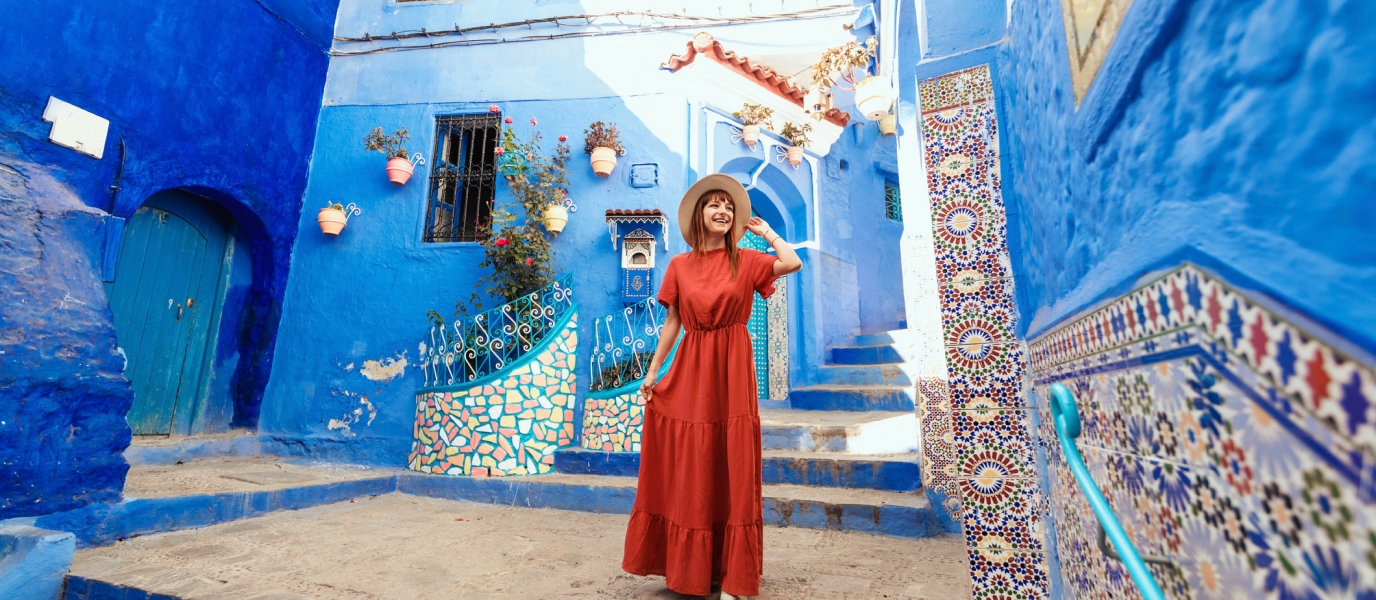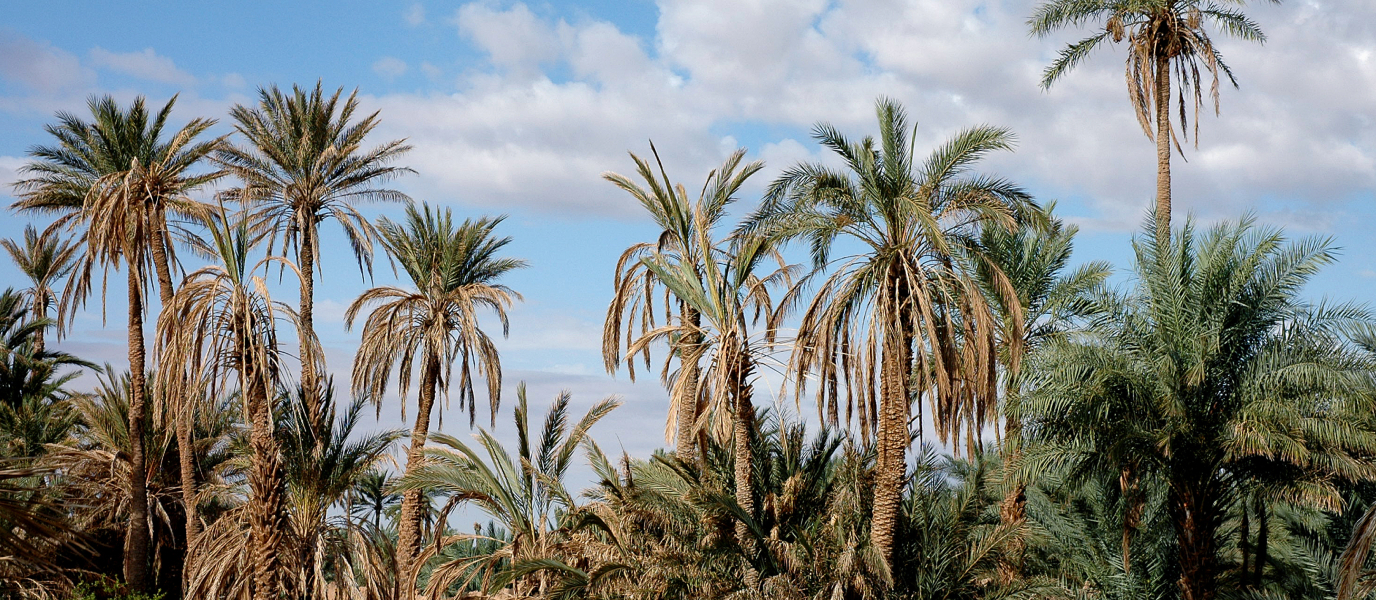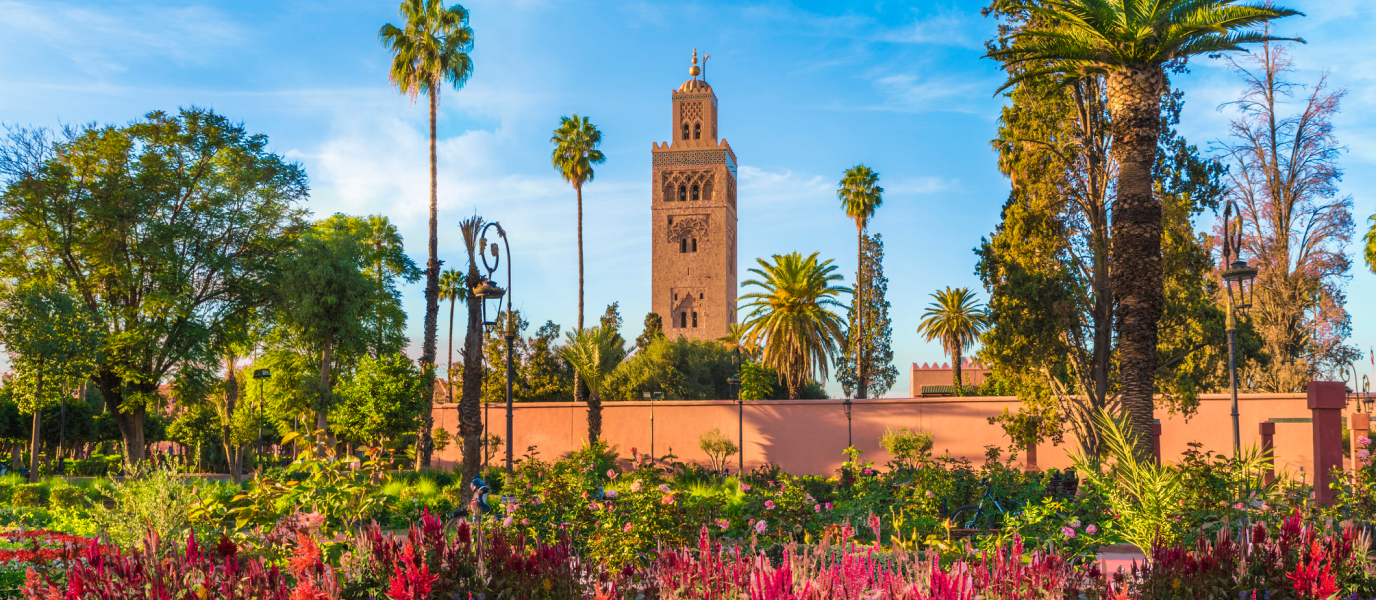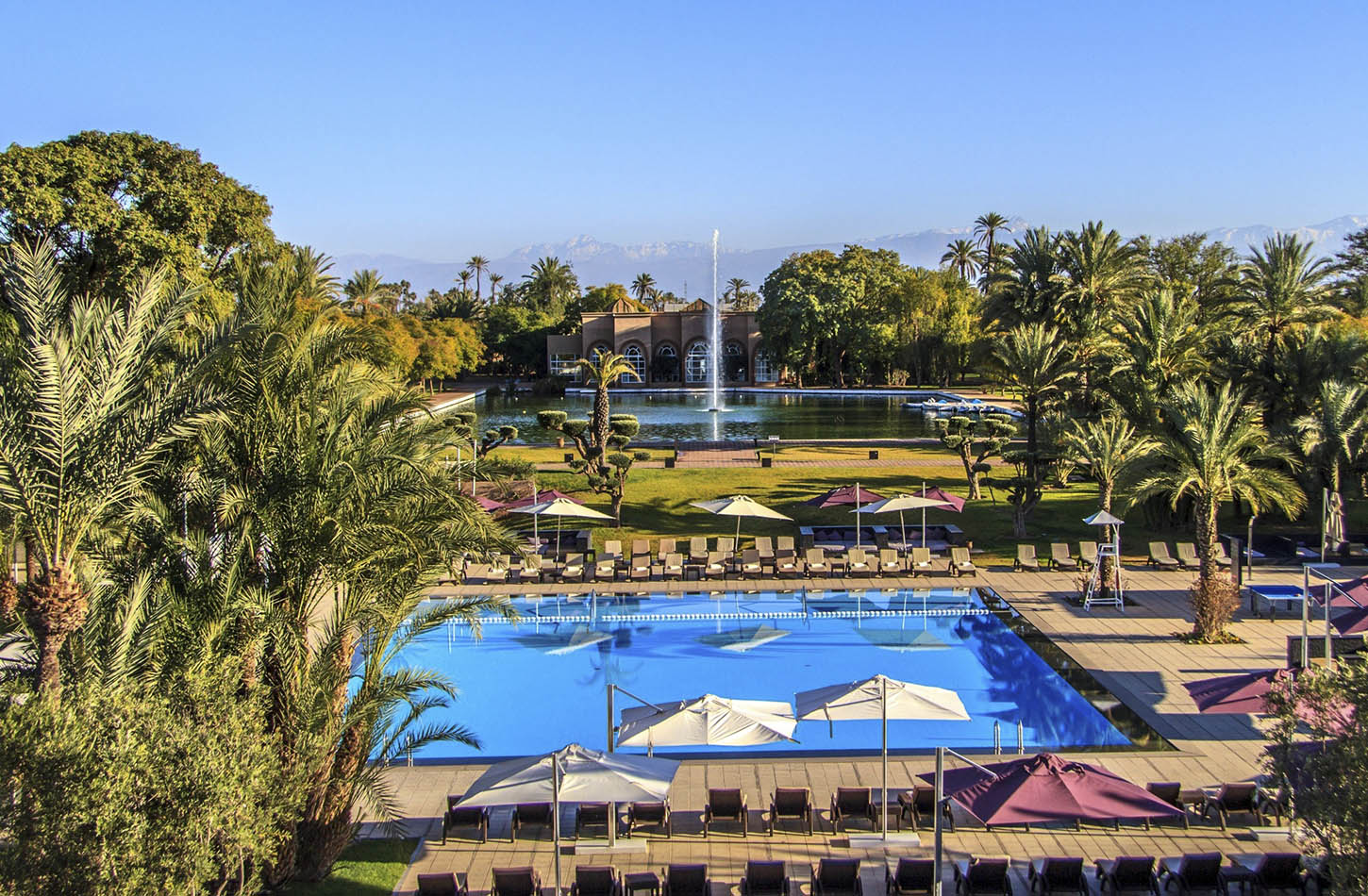The Ben Youssef Madrasa is one of the largest and most beautiful icons of Andalusian-Arabic architecture in Morocco. Founded by Sultan Abou al Hasan in the fourteenth century, it was subsequently rebuilt and enriched by the Saadi dynasty. The result is the even more extravagantly decorated monument that stands next to the Ben Youssef Mosque in Marrakesh. Now a museum, the former madrasa has 130 cells built to accommodate the almost 900 students who studied the Quran and other science and religious subjects here. This is a place well worth visiting if you would like to understand Arab culture and the Islamic religion.
What is a madrasa?
In Arab culture, a madrasa is simply a school. Although the terms denote all kinds of educational institutions, whether lay or religious, they are normally used in the West to refer to Islamic schools. A typical Arab religious school usually offers two kinds of education: Hafiz — memorising the Quran — and Ulema, which includes advanced courses in foreign languages, the sciences and history. In the early history of Islam, madrasas did not exist; the earliest, the Al-Quaraouiyine Madrasa in Fez, dates from the year 859.
The Ben Youssef Madrasa, the great disseminator of knowledge
The Ben Youssef Madrasa was the most important centre of learning in Marrakesh, and the largest in the whole of Morocco. The school was in operation for almost five centuries, until its mission ended in 1960. It was subsequently forgotten and fell into neglect, until in 1982 it reopened so that the public could appreciate this magnificent and important historic site.
Over the entrance to the Ben Youssef Madrasa, there is an inscription that reads: “I was built for knowledge and for prayer by the Prince of Believers, the descendant of the prophets, Abdullah, the most glorious of the caliphs. You who enter my door, may your highest hopes be exceeded”.
Also to be seen in the madrasa is an inscription stating the year in which the building was completed (1565), which enables us to conclude that it was the Saadi Sultan Abdullah El Gahlib who ordered the construction of the school that replaced the building that originally stood on this site. The name chosen for the madrasa was a tribute to Ali Ben Youssef, son and heir to the founder of the city of Marrakesh, Youssef Ben Tachfine.
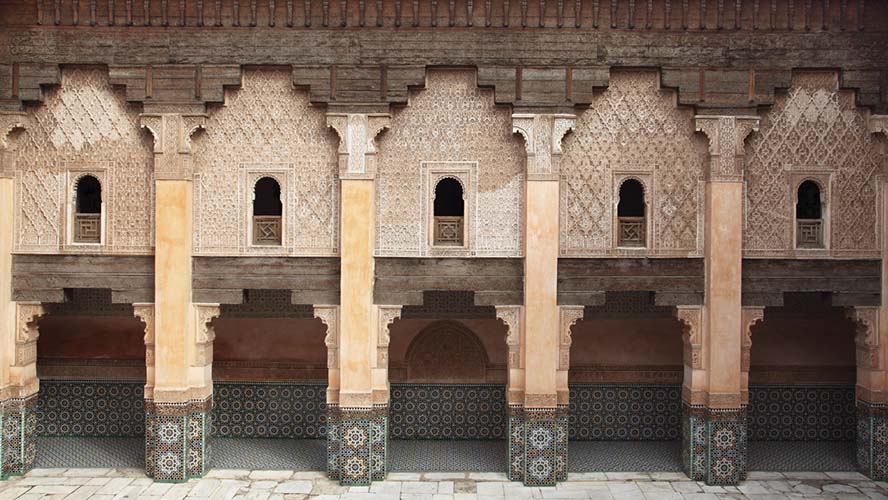
Ben Youssef Madrasa: its style and architecture
The Ben Youssef Madrasa complex is built in stucco, cedar wood, marble and coloured tiles around a large courtyard with a water basin in the centre. The prayer room is one of the most lavishly decorated parts of the school, with palm tree and pine cone motifs embellishing the area around the mihrab. Throughout the madrasa there are innumerable inscriptions in the stucco and on the tiles. Frequently occurring is the Basmala, the Islamic phrase that begins the Surahs, or chapters, of the Quran.
The complex has a square floor plan, solidly-built walls, and pleasant rooms spread over an area of 1,720 m2. The entrance is adjacent to the eastern wall of the mosque, and above it is a large dome decorated with stalactites carved in plaster. A long vestibule leads into the main courtyard with its white marble floor. Here, the central fountain imparts a feeling of coolness and calm to users of the building.
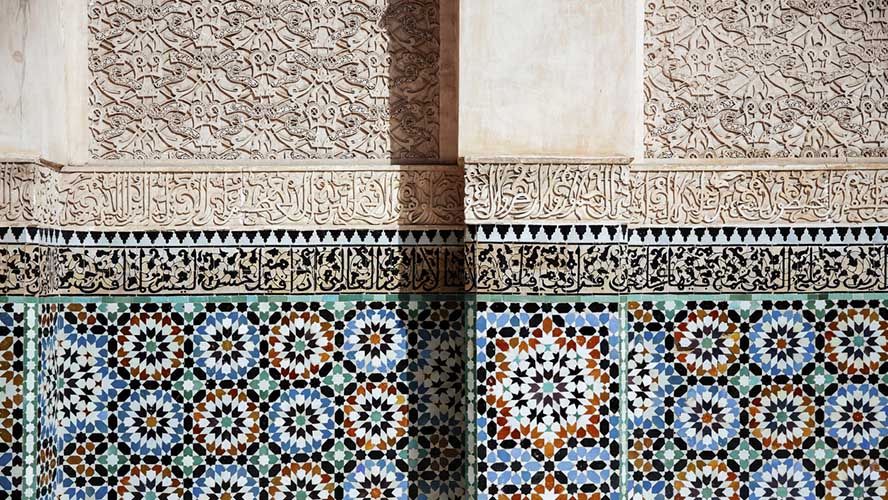
Around the central courtyard, on the ground floor and on the first floor, you will find huge corridors and inner courtyards, around which are arranged the 130 cells where the students of this Quranic school lived.
What to see in the Ben Youssef Madrasa
The Ben Youssef Madrasa is an essential stop on your Marrakesh itinerary, as it is one of Morocco’s great architectural treasures, with magnificent marble sculptures and mosaics dating back over 400 years.
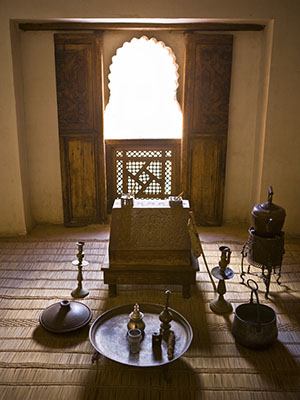
You cannot fail to be fascinated by the richly decorated prayer room with its unusual plant motifs. Also impressive is the inner courtyard, with its central basin, which adds an air of freshness to the setting. All this in stark contrast to the austerity of the students’ cells.
An interesting fact: the fabulous interior of the Ben Youssef Madrasa provided the setting for some scenes in the film Hideous Kinky, directed by Giles MacKinnon and starring Kate Winslet.
If you visit the Ben Youssef Madrasa, you shouldn’t miss the neighbouring mosque of the same name. The mosque dates from the twelfth century, and has a 40-metre-tall minaret.
Apart from the Ben Youssef Madrasa and the Mosque, there are other tourist attractions to enjoy on your stay in Marrakesh. They are the souk, Jemaa el Fna Square, the Dar Si Said Museum, the Koutoubia Mosque, and Marrakesh Museum.




































































